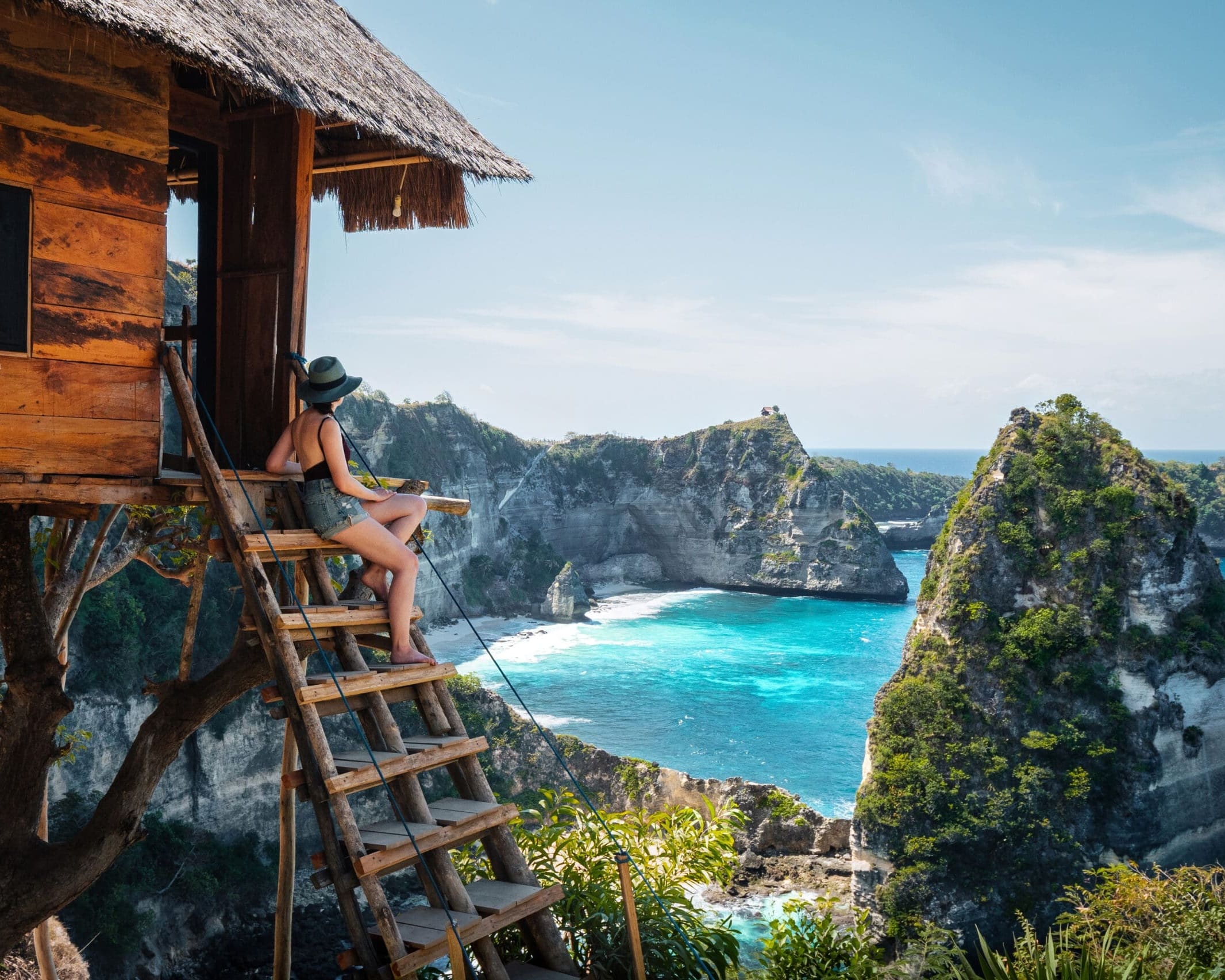Venture into the heart of Indonesia, a sprawling archipelago where ancient temples, vibrant cultures, and breathtaking natural landscapes await at every turn.
From the serene beaches of Bali to the untamed beauty of Sumatra, and the cultural richness of Java, Indonesia offers a mosaic of experiences. Dive into crystal-clear waters, trek through lush rainforests, and immerse yourself in the tradition and hospitality of its people. Indonesia is not just a destination; it’s a gateway to adventure, relaxation, and discovery.
Welcome to Indonesia, where each island is a unique treasure waiting to be explored.

The Best Time To Visit
The best time to visit Indonesia generally falls during the dry season, from April to October, when the weather is sunny and conducive to exploring the archipelago’s diverse attractions. This period is ideal for beach holidays, diving and snorkeling adventures, hiking, and visiting the many cultural sites across the islands.
- April to October: These months offer the least rainfall, particularly advantageous for outdoor activities and visiting islands like Bali, Lombok, the Gili Islands, and Komodo National Park. The dry season is also perfect for climbing volcanoes and trekking in places like Mount Bromo and Ijen Crater on Java.
- June to September: This is the peak tourist season, especially in popular destinations like Bali, where the weather is at its best. While it’s a fantastic time to visit, it’s also the busiest, so booking accommodations and activities in advance is advisable.
What To Know
In Indonesia, the official language is Indonesian, a standardized form of Malay.
Javanese, is the native language of the largest ethnic group in Indonesia and is predominantly spoken in the central and eastern parts of Java Island.
For travelers, English is commonly spoken in major tourist areas, hotels, and businesses catering to international visitors. However, knowing a few basic phrases in Indonesian can be helpful and is appreciated by locals.
The currency used in Indonesia is the Indonesian Rupiah. It is the only legal tender in the country, used for all types of transactions, from small street food purchases to large hotel bills.
For travelers, it’s advisable to have cash on hand, especially when visiting smaller towns or rural areas where electronic payments may not be widely accepted.
ATMs are readily available in urban areas and tourist spots, making it easy to withdraw cash. Credit cards are accepted in major hotels, restaurants, and shops, but reliance on cash is still common in many places.
Indonesia is generally considered a safe destination for travelers, with millions of tourists enjoying the country each year without incident. However, like any travel destination, it has its share of safety concerns that visitors should be aware of.
Petty crimes such as pickpocketing, bag snatching, and scams can occur, especially in crowded places and tourist areas. It’s advisable to be vigilant with your belongings, avoid carrying large amounts of cash, and be cautious in crowded or unfamiliar areas.
Health-wise, visitors should take precautions against mosquito-borne diseases like dengue fever and ensure they have the recommended vaccinations before traveling. Drinking bottled or boiled water and eating well-cooked food can help avoid food and water-borne illnesses.
By taking standard travel precautions, respecting local customs and laws, and staying informed about your surroundings, you can have a safe and enjoyable trip to Indonesia.
In cities: The most common forms of urban public transport include buses, minibuses (known locally as “angkot” or “bemo”), and motorbike taxis (ojek). Larger cities like Jakarta have more structured systems, including the TransJakarta bus rapid transit (BRT) system and a growing metro and commuter rail network. In Bali, public transport is less developed, with tourists often relying on private transport options.
Intercity travel: For longer distances between cities and across islands, buses and trains are popular options on Java and Sumatra. Indonesia’s train network, primarily on Java, offers an efficient way to travel between major cities, with classes ranging from economy to executive.
Air travel: Given Indonesia’s archipelagic nature, air travel is a crucial means of connecting its many islands. A number of airlines operate domestic routes, linking major cities and remote areas alike.
Sea travel: Ferries and boats are essential for inter-island connections, serving both passengers and vehicles. The state-run Pelni line operates passenger ships to major ports across Indonesia, while smaller ferries and speedboats offer services to nearer islands.
While public transport options are plentiful, the quality and reliability can vary. In tourist areas, renting a scooter or hiring a private car with a driver can often be more convenient for exploring at your own pace.
Indonesia Travel Guides
July 18, 2023
